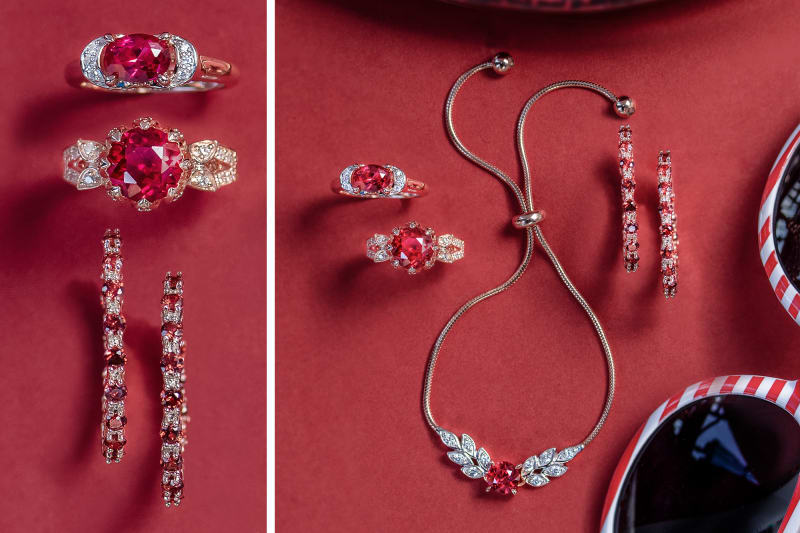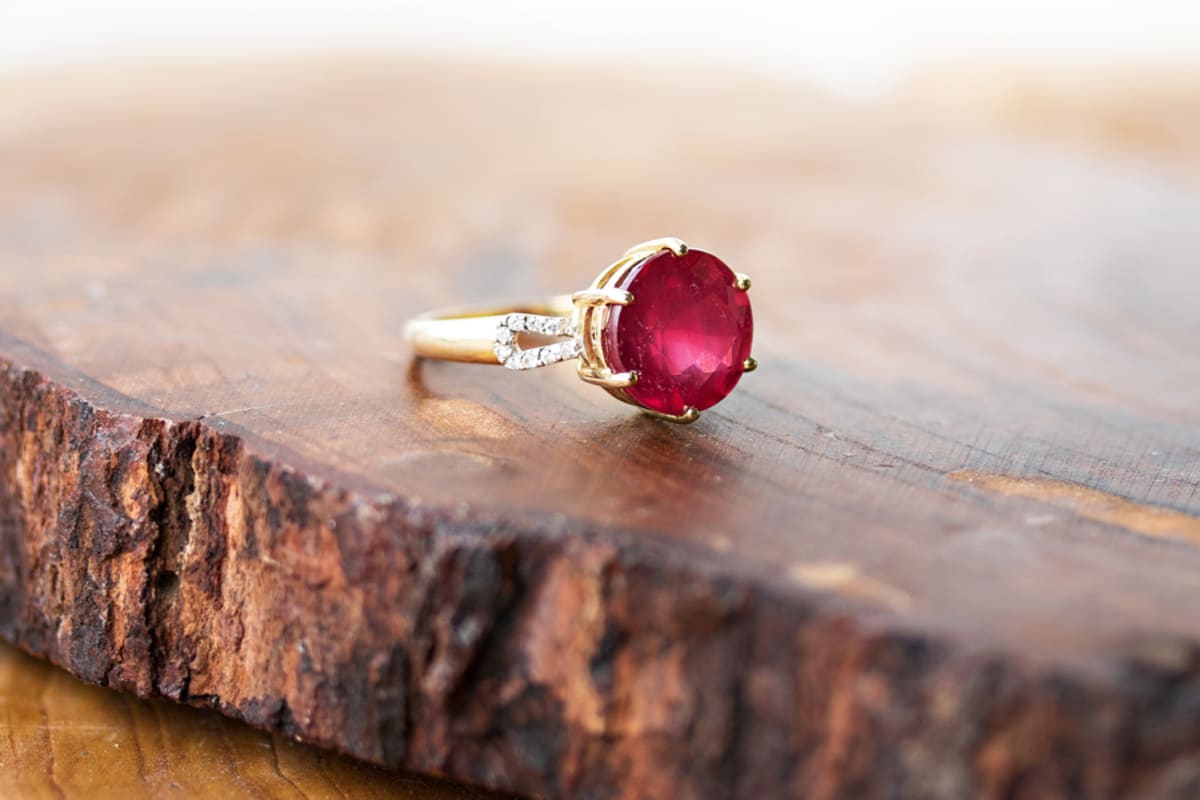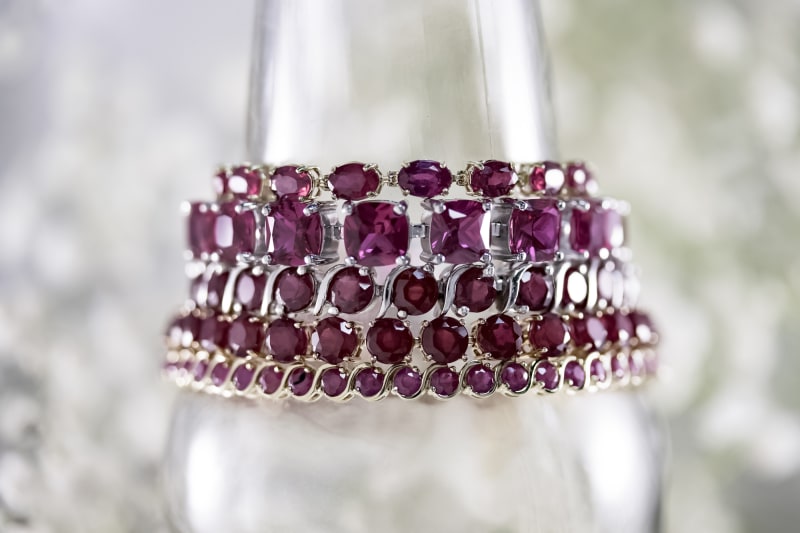Ruby Gemstones
Known and sought after for its rich and moody personality, ruby is the quintessential symbol for red, and it makes sense why. The ruby has been a long-standing pop culture icon, with high-profile appearances like Dorothy’s ruby slippers in The Wizard of Oz and Viviane Wood’s gifted ruby necklace in Pretty Woman. With a résumé like that, who wouldn’t want a piece!
History
Ruby deposits have been found all over the world, but most notably in Myanmar, Tanzania, Thailand, Sri Lanka, Madagascar, India, and South Africa.
The ruby has been at the forefront of folklore and legend for thousands of years. Ancient Hindus thought that offering rubies to the god Krishna would insure their rebirth as emperors. In Myanmar, rubies were believed to make warriors invincible and were often worn into battle as protection. Medieval magic and legends suggest that rubies held an inextinguishable flame burning inside the stone that would shine through clothing and could even boil water.
In more recent history, ruby became one of the most sought-after gemstones of European royalty, who wore and gifted ruby to preserve health and riches, achieve success in love and ward off evil thoughts and desires.
Today, rubies are valued just as much and sometimes more than diamonds. It’s an ideal romantic gift as a symbol of passion and loyalty, and is said to stimulate the heart chakra and bring wisdom to its wearer.








